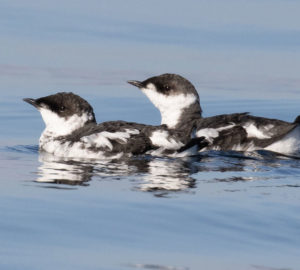A seabird that lives in the redwoods?
onOf all the plants and animals that occupy the coast redwood ecosystem, among the more fascinating is the marbled murrelet, a brown and white seabird that’s a little bigger than a robin. This otherwise nondescript bird – called “fog larks” …
